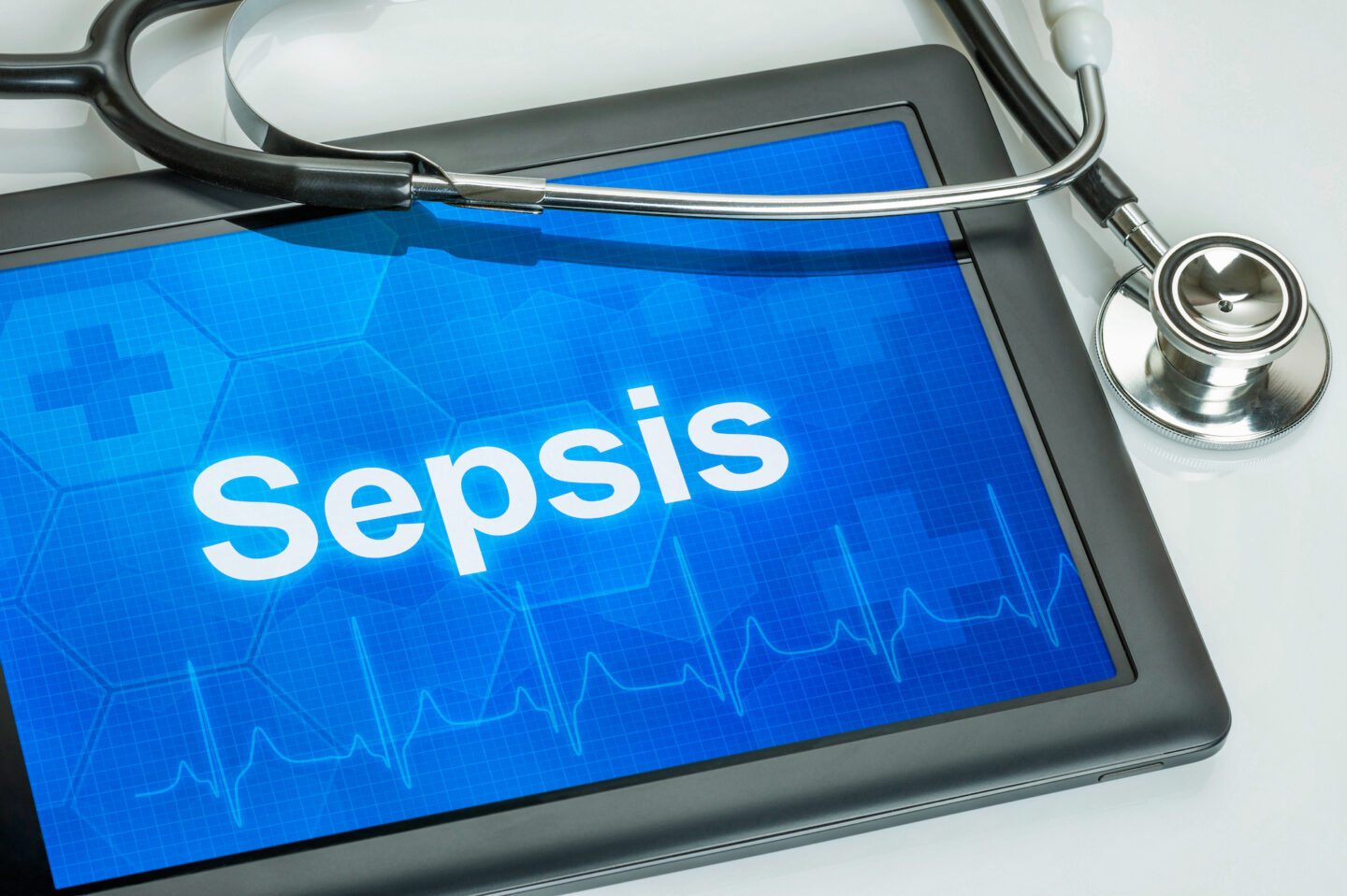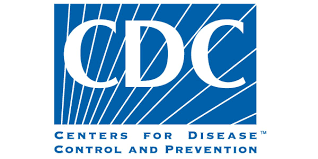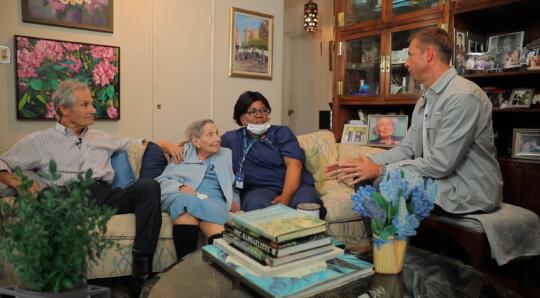Currently, a Patient’s Sepsis History Is Invisible to Home Care Clinicians. Our Research Center Wants to Change That.

Sepsis is a dangerous condition that kills several hundred thousand Americans annually. It occurs when the body’s own immune system responds to an infection with a massive overreaction. Some 1.4 million sepsis survivors are discharged from U.S. hospitals each year, and about 40% of these patients end up back in the hospital within 90 days due to reinfection or lingering effects of the sepsis episode.
Making the Case for a New “Sepsis Aftercare” ICD Code
To improve outcomes for sepsis patients following hospital discharge, earlier this month, researchers from our VNS Health Center for Home Care Policy & Research and the University of Pennsylvania School of Nursing met with a committee of the Centers for Disease Control and Prevention (CDC) to make the case for adding a new “Sepsis aftercare” diagnostic code to the International Classification of Diseases (ICD) listing.
The researchers’ recommendation was based on what they discovered when they reviewed a national dataset of home health OASIS records of sepsis survivors who were discharged from the hospital into home care.
“Sepsis was noted as a diagnosis on the home health OASIS only 10% of the time,“ says Dr. Kathy Bowles, Director of the Center for Home Care Policy & Research at VNS Health and Professor and van Ameringen Chair in Nursing Excellence at the University of Pennsylvania. “This information gap meant the home health clinicians may be unaware they needed to watch for sepsis-related problems, or that their patient required the type of front-loaded medical care that’s been shown to lower readmission risk.”
One key reason for this communication failure, adds Kathy, is that there’s no diagnostic code for “Sepsis aftercare” in the ICD. “Because sepsis is considered an acute condition that’s resolved by the time a patient leaves the hospital, hospital staff are reluctant to keep sepsis on the active diagnosis list—and without that or other supporting documentation, home care is reluctant to place it on the OASIS,” she explains, “so the patient’s sepsis history is basically invisible to home health care clinicians and other post-acute care providers.”
The VNS Health Research Center team also analyzed records of 170,000 sepsis survivors discharged to home health care, and found that patients’ readmission risk dropped significantly if three things happened: 1) they got admitted to home health care and received a first nursing visit within two days of hospital discharge; 2) they got a second visit from a home care nurse within seven days after leaving the hospital; and 3) they had an outpatient checkup with a physician during that same seven-day time frame.
A “Sepsis Aftercare” ICD Code Will Improve Sepsis Care — and Communication

Kathy sees the proposed ICD coding change as a critical step in identifying recovering sepsis patients following hospital discharge, and making sure they get the targeted health care they need to avoid getting readmitted. “If the CDC approves a sepsis aftercare ICD code,” she says, “it will not only improve the care for sepsis patients who are discharged into home care, it will also improve communication to doctors’ offices and skilled nursing facilities. Everybody involved in post-acute care will now have a better chance of understanding that this patient is a sepsis survivor.”
A public comment period on the VNS Health/Penn Nursing proposal will take place later this year, after which the CDC will make a decision regarding the new ICD code.


